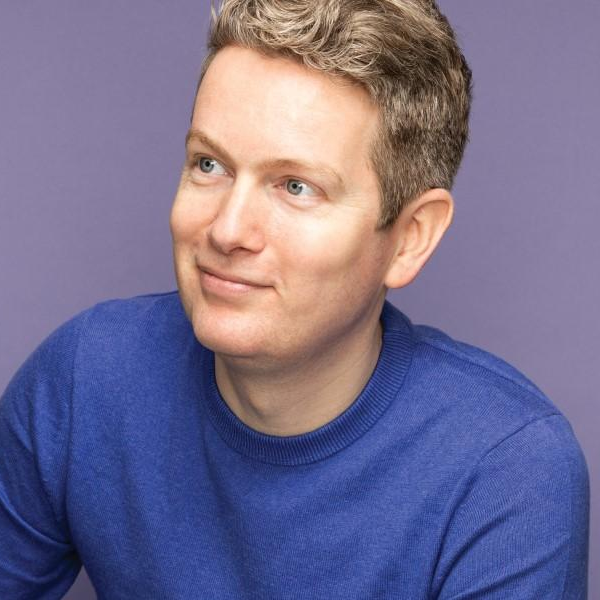Luuk Tetteroo
Employee portrait

Luuk Tetteroo
'Producing clean drinking water is always a puzzle'
Drinking water – we all need it. This is exactly why Luuk Tetteroo became a water technologist. His challenge: to produce safe drinking water with the least possible environmental impact.
Basic need
‘I was good at maths and physics, so a career in engineering was a no-brainer. But more specifically? When you’re a student, you’re pulled at from all sides, and the players with the most money pull the hardest. So after I graduated, I decided to create a matrix for myself: Which conditions did my future job need to meet? I realised I didn’t want to contribute to creating more pollution. I wanted meaningful work and decided to look into water treatment, because water is a basic need. With the help of Witteveen+Bos, I’ve since completed a master’s degree at IHE Delft in water and sustainable development.’
Bonaire
‘As a process technologist, I determine how we can produce safe drinking water in a given situation with the lowest possible carbon footprint. The source is crucial to this, because no two are ever the same – each time, it’s a new puzzle. A diverse range of factors influence the choices we make. In the Netherlands, we primarily use fresh water from the ground and from rivers. Groundwater, in particular, is a good source, because nature does a lot of the work for us. This makes it a relatively cheap and sustainable solution. But groundwater is not available everywhere – like in Bonaire, for example, where I was project manager last year on a project to expand the drinking water treatment plant.’
Reverse osmosis
‘The demand for drinking water in Bonaire is increasing rapidly – by as much as eight to nine per cent a year. A solution is required fast. With no access on the island to groundwater or rivers, residents are reliant on seawater. The best way to desalinate seawater and produce clean drinking water is by reverse osmosis. This is a process in which water is filtered so thoroughly that only H2O molecules remain. That sounds good, but this ultra-pure water lacks important minerals such as calcium and magnesium, so we have to add those. Because it removes everything from the water, reverse osmosis is the standard in seawater desalination. It is also increasingly being used to make drinking water by removing emerging substances, such as pharmaceutical residues, from fresh water. We’re seeing this technology being applied more often in the Netherlands too.’